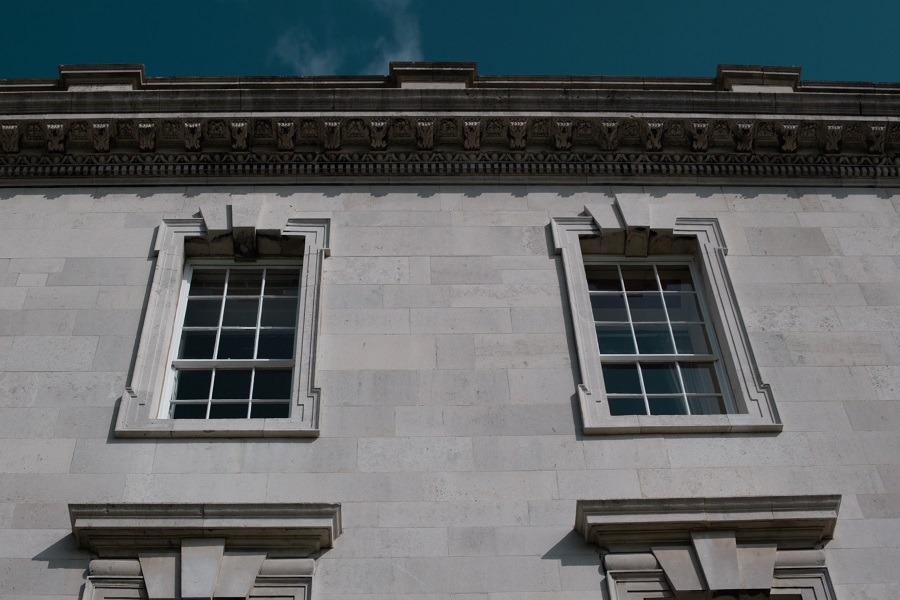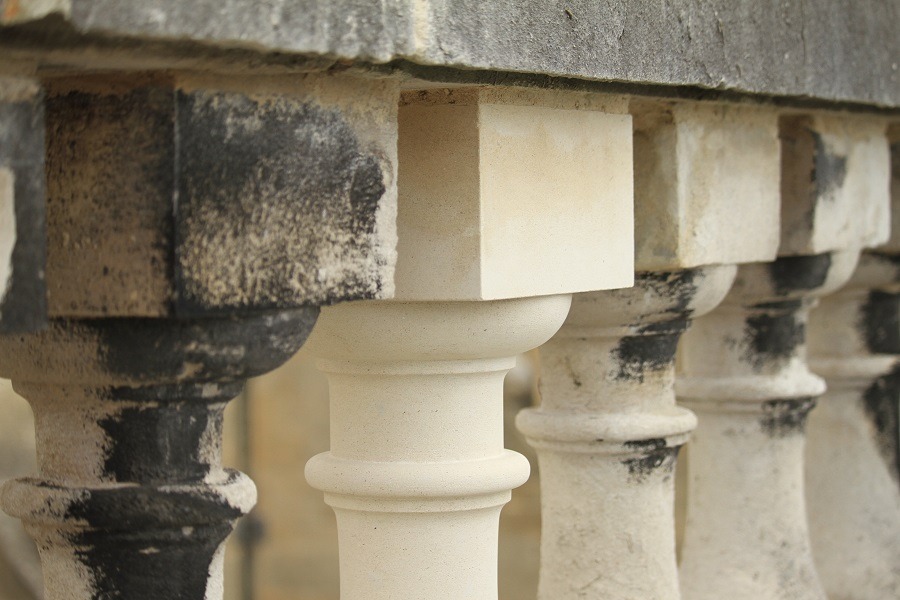Gibbs’ building King’s College, Cambridge

“By cleaning masonry without reliance on chemicals, water or detergent, façade gommage® is a preferred choice for the preservation of historical buildings such as Gibb’s, as well as being much faster, cheaper and less disruptive.”
King’s College, Cambridge
Thomann-Hanry® had the pleasure of working with King’s College in Cambridge, cleaning and restoring the historic Grade I listed Gibbs’ building.
The second oldest building in the college, Gibbs’s building is named after its architect, James Gibbs, whose buildings include St. Martin-in-the-Fields in London and the Radcliffe Camera in Oxford.
At the start of the project, Thomann-Hanry® were briefed to clean just one small elevation. The workload increased as the college was so delighted, not only by the results but the speed at which the work was carried out. The speed of turnaround was critical to King’s College, as works had to take place during the summer break in order to avoid interfering with the working life of the students.
The expansion of the project saw the teams cleaning the whole of the building, refurbishing and redecorating every timber window, metal grill and the underside of the central archway passage. In addition, the stonework was restored to a high level, including the supply and installation of new Portland stone balusters to match existing.
Thomann-Hanry® used one of their drones to survey parts of the building.
façade gommage® is specifically designed to work without scaffold. For a globally renowned tourist site such as this, enshrouding the buildings in scaffolding would be a huge disappointment to students, staff and visitors. The entire ancillary works, restoration and redecoration were carried out from the company’s MEWPs, avoiding the need for scaffolding altogether.
The entire ancillary works, restoration and redecoration were carried out from the company’s MEWPs, avoiding the need for scaffolding altogether.









